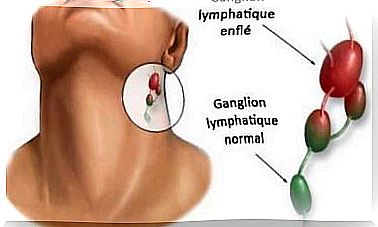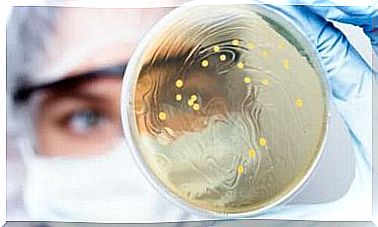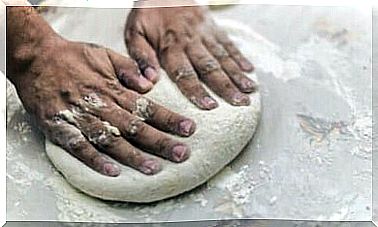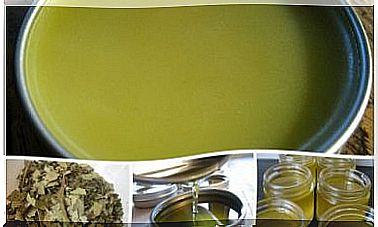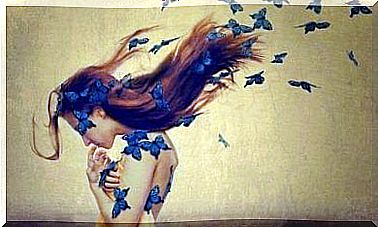Rejuvenation Techniques And Skin Care
In the following interview, dermatologist Rocio Gil Redondo tells us about new skin rejuvenation techniques and the care we should apply on a daily basis.

The skin is the most extensive organ in our body. Almost two meters of extension with fundamental objectives: to protect us from sunlight, temperature, bacteria, maintain hydration… Our skin allows us to feel and experience. It is a channel of extraordinary sensations that also requires some care. What are the rejuvenation techniques today ?
We all dream of having perfect skin. Indeed, its appearance is synonymous with beauty. For this reason, we seek the latest treatments to preserve its youth, elasticity and shine. But it goes beyond physical appearance.
Atopic dermatitis, rosacea, acne, moles… Many skin conditions concern us and require adequate care. Dermatological care involves above all protection and prevention. We must not forget that exposure to the sun is one of our worst enemies. Indeed, skin cancer and premature aging are precisely linked to this reality.
Beautiful skin is healthy skin. In addition, to act in favor of our health, we need the attention and advice of specialists. The doctor, Rocio Gil Redondo, dermatologist, tells us more in this interview.
Interview with Rocio Gil Redondo: skin care and rejuvenation techniques
Dermatologist Gil Redondo graduated in medicine from the University of Alcala and specialized in dermatology from the University Hospital of Guadalajara. She works in several medical centers and also gives courses and conferences.
From her experience, what she tells us is that when it comes to dermatology, magic cures don’t exist. Whether it is for acne, or other conditions, the most important thing in a great deal of cases is to rely on a proper culture regarding skin care. Photoprotection, cleaning rituals or the use of adapted make-up, are aspects that we must never neglect.
In addition, another reality with which the dermatologist often works is that of cancerous pathologies. Periodic reviews of moles that we have had for a long time or that come out after the summer are not limited to aesthetics. It also concerns health and well-being.
It’s common to hear that skin care depends on skin type, so what are the main types? What should be taken into account?
There are mainly four types of skin: normal, oily, dry, and combination. To classify them, we must take into account characteristics such as softness, shine, flaking … Despite this classification, each skin can behave differently due to several environmental factors. Like, for example, the climate.
We know that there are more sensitive skin areas that require special care, what are they and how can we take care of them?
The most sensitive areas are those where the skin is thinnest. This is the case for the periocular and perioral area. In order to take care of them, they must be moisturized daily with specific creams. And above all, do not neglect them during photoprotection.
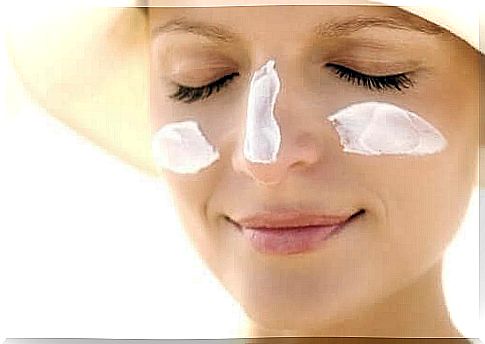
These days, the risks associated with sun exposure are particularly worrying, to what extent should skin care take them into account?
Indeed, the sun is one of the main causes of skin aging because it produces a loss of elasticity, wrinkles, unwanted pigmentations such as melasma or solar lentigines and vascular dilations. Especially in the neck and décolleté area.
More importantly is the risk involved in the development of skin cancer. The latter may require surgical operations with subsequent aesthetic sequelae. In addition to the mortality that leads to the appearance of certain types of skin cancer, such as melanoma.
Why is exfoliation and hydration of facial skin so important?
The facial cleansing is essential for the removal of environmental contaminants that settle throughout the day, and the makeup remains. On the other hand, hydration is important for maintaining the texture of the skin and supplementing its needs, depending on the type of skin.
During exfoliation, the cells of the stratum corneum, the outermost layer of the skin, are naturally eliminated over the days. Therefore, it is recommended only in cases that require it. Like skin with pores tending to clog, irregular textures. On the other hand, we do not recommend it for more sensitive skin because of the possibility of irritation.
Are there any products or types of makeup to avoid?
In people prone to acne, it is important to avoid makeup and comedogenic creams to prevent further damage.
The prevention of skin aging is a growing concern, what are the most innovative rejuvenation treatments offered by your clinic?
One of the most innovative rejuvenation treatments is biophoton therapy. This is a light treatment that uses fluorescent light to stimulate collagen production and improve fine wrinkles and acne scars. It also reduces the size of the pores, improves the texture and the general quality of the skin.
In addition, another rejuvenation technique is radio frequency, which produces a warming of the deep layers of the skin and stimulates the production of collagen and elastin fibers. This therefore improves body and facial flaccidity.
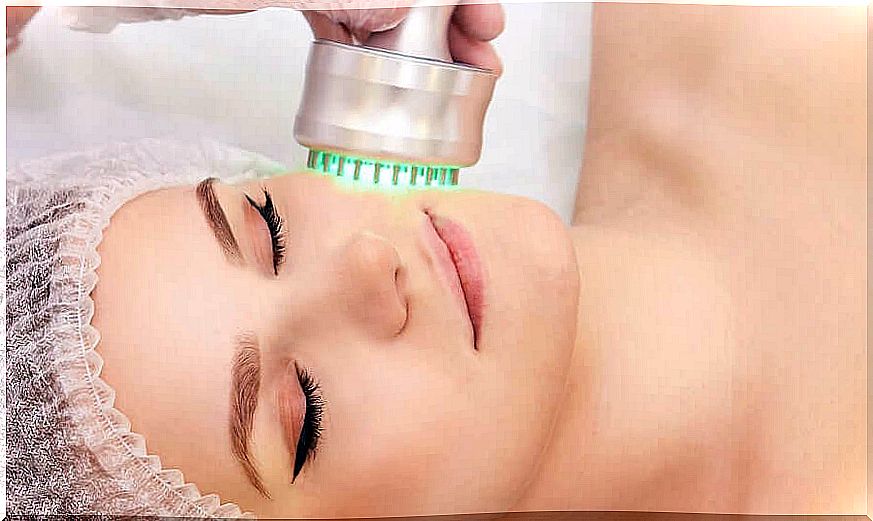
Could you tell us a bit about atopic dermatitis? We know that today it is a very common skin disease, especially in newborns: to what is it due?
The atopic dermatitis is one of the most frequent reasons of consultation in pediatric dermatology. Indeed, up to 10-20% of children under 10 years of age can be affected to varying degrees by this pathology. This affects their quality of life and sleep in severe and moderate cases.
This skin disorder is produced by an alteration in the skin barrier which has a genetic predisposition and which can be triggered by environmental factors. This then generates an inflammatory process which leads to redness, itching and peeling.
Finally, could you tell us what are the most common reasons for consultation in dermatology, apart from requests for rejuvenation?
Some of the more common skin consultations are acne, rosacea, seborrheic dermatitis, mole examination, psoriasis, atopic dermatitis, and viral infections. Among the latter are viral warts or molluscum, especially in children.
On the other hand, cancerous pathologies such as actinic keratoses and skin cancer are also frequently observed . Mainly basal cell carcinoma and squamous cell carcinoma, more common in older adults.
